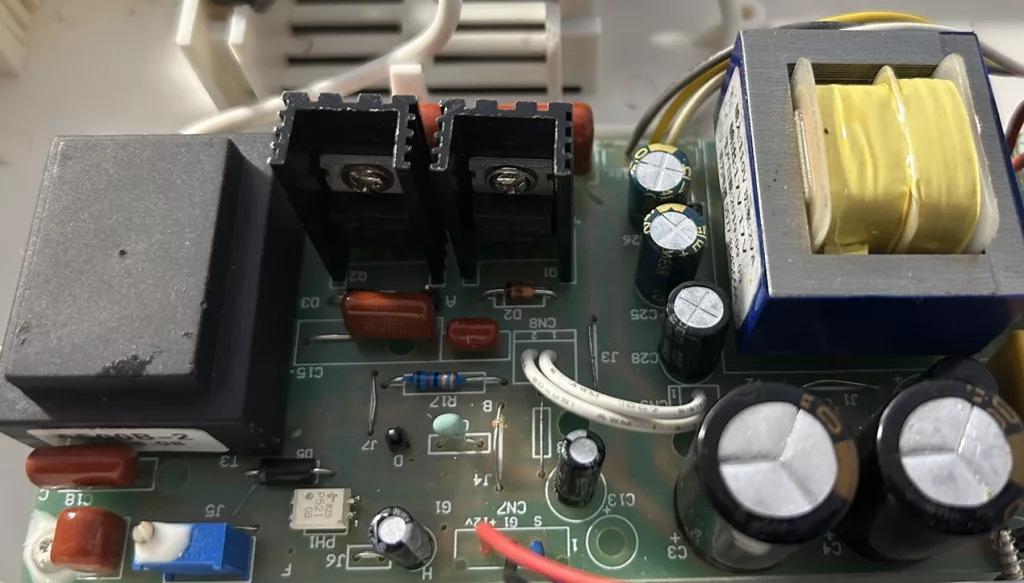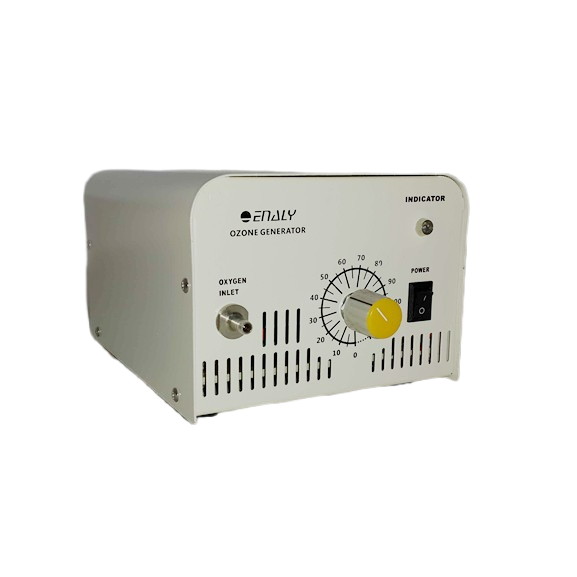An ozone generator creates ozone gas (O3) by breaking apart oxygen molecules (O2) using a process called corona discharge. This is done by passing an electrical current through a chamber containing oxygen, which causes the oxygen molecules to separate and reform as ozone. The ozone is then released into the surrounding area to purify the air, remove odors, or disinfect surfaces. Ozone generators are used in a variety of settings such as homes, offices, and industrial settings.

ozone generation cell
The process of creating ozone, or O3, begins with an electrical current being passed through a chamber containing oxygen. The electrical current causes the oxygen molecules to separate, creating atoms of oxygen (O). These atoms then combine with other oxygen molecules to form ozone (O3).
Ozone is a highly reactive molecule that can quickly neutralize pollutants and pathogens in the air. It has a strong odor and can cause irritation to eyes and lungs.
Ozone generators can be used in a variety of settings, such as homes, offices, and industrial settings. In homes, they are often used to remove odors and improve air quality. In industrial settings, they are used to purify water and air, and to disinfect surfaces. Ozone generators are also used in commercial settings, such as hotels, restaurants and hospitals to remove odors and disinfect surfaces.
However, it is important to note that ozone can be harmful if used in high concentrations or for prolonged periods of time. It is recommended to use ozone generators under the guidance of a professional and in well-ventilated areas.
An ozone generator typically consists of several key components:
- A power supply: This component provides the electrical current necessary to create ozone. It can be a simple plug-in unit or a more complex system that is integrated into the generator.
- An ozone cell or reactor: This is the chamber where the electrical current is passed through the oxygen to create ozone. It is typically made of stainless steel or ceramic and can be of different design based on the manufacturer.
- An ozone output control: This component regulates the amount of ozone that is released into the surrounding area. It can be a simple manual adjustment or a more advanced electronic control system.
- A fan or blower: This component is used to circulate the ozone throughout the area where it is being used.
- A timer: Some ozone generators come with a built-in timer that allows you to set the duration of the ozone generation process.
- Ozone destruction system: Some ozone generators include an additional component to neutralize any remaining ozone after use,
The size and design of an ozone generator can vary depending on the intended use and the size of the area it will be used in. Some ozone generators are small and portable, while others are large and industrial-sized.


